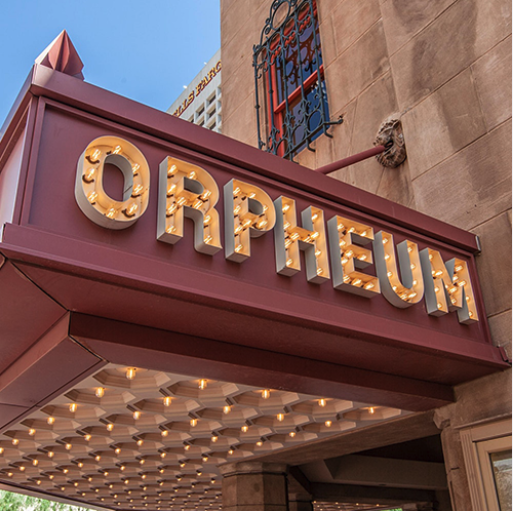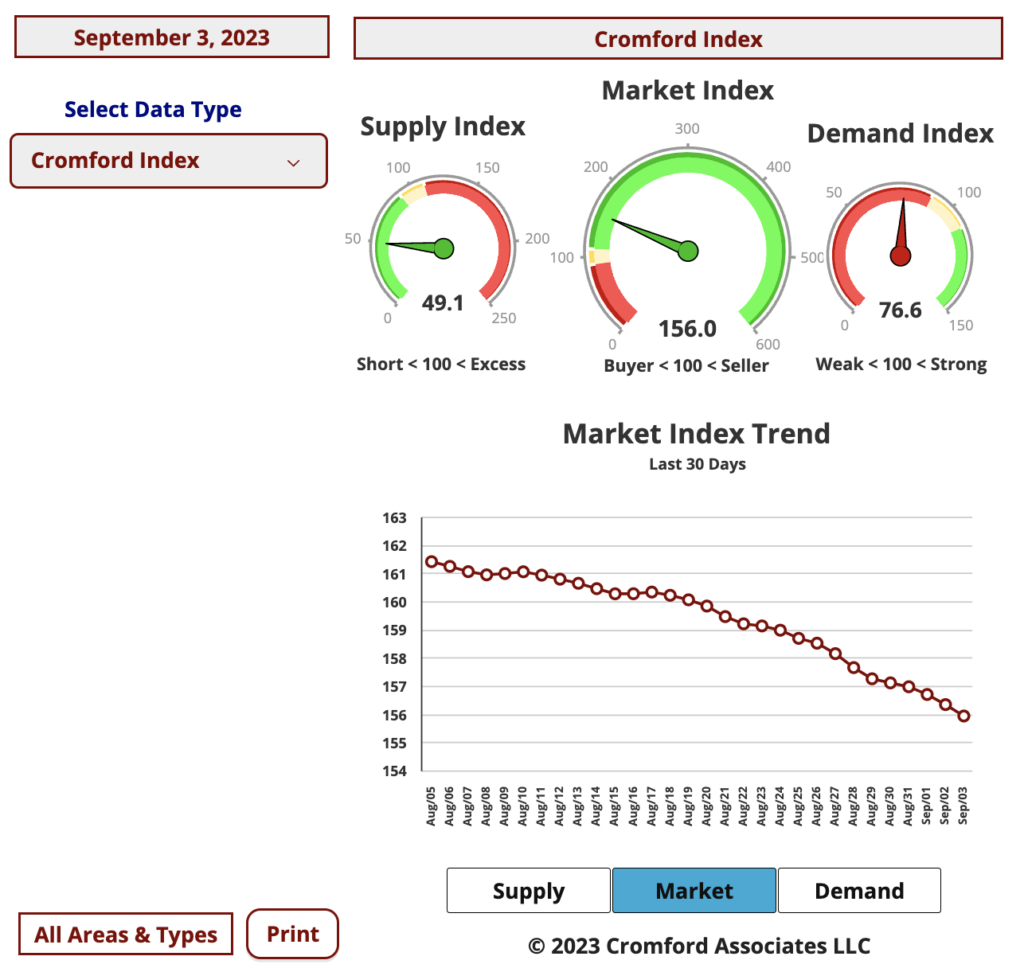As we wait for the worst of the summer to be over, periodically suffering those straggling 110˚ days that pop up later than it feels they should, here are some more indoor-centered activities and good reads for you.
Historic Orpheum Tour. September 12th at noon. The Orpheum Theatre is a fully-restored 1929 atmospheric theatre complete with a disappearing Mighty Wurlitzer Theatre Organ! Guided tours of the theatre include all public and many non-public areas and offer visitors a glimpse behind the scenes of a movie palace. I went to see All Puppet Players’ summer movie series there. I always love seeing this irreverent group of comedians playing to this most beautiful and historic house. All regular tours last approximately 60 minutes. Free. Ticket info.
Methane gas (marketed as “natural”) is 80x more potent as a greenhouse gas than CO2. Yet both Arizona utilities are talking about adding more gas power plants to our state. Many older ones are nestled in our neighborhoods. Join Poder Latinx, Vote Solar, Western Resource Advocates, and other organizations on September 8th. to learn about the connection between methane gas power plants and health. Plus, hear about clean energy alternatives and how you can get involved in energy policy decisions. Register at this link.
The Frog Prince. Sept 13th at 10am. A favorite fairy tale is back indoors on the big stage, performed with rod puppets and projected scenery! Come enjoy this classic story about a spoiled princess who learns important lessons about friendship and keeping her promises. Singing and dancing to original music make this a great show recommended for ages 5 and up. $10 – $12. Ticket info.
Interfaith 2023 on September 28, 2023 at the Sikh “Guru Nanak Dwara” Gurdwara. There will be a faith Fair in the downstairs Courtyard, Interfaith Discussion in small groups, followed by a “Langar” or community meal. Sikh-owned Indian Restaurants will donate the vegetarian dinner. This tradition involves sitting on the carpet in long rows, then being served by the Sikh Community. Initially, this was done to show value in all people, regardless of the caste system of the times. (There will be some tables / chairs for those unable to sit on the floor.) Register here. For more questions, email Albert@azifm.org.
Thousands of Bats at 44th and Camelback. Most of my readers know about this, but in case you do not, go see the thousands of bats that fly out of a culvert just west of 44th and Camelback at sunset. You can see a fuller report in this article in Atlas Obscura. They will all fly south to Mexico in October, so you will want to do this soon. It’s a treat to watch them duck and dive to eat the thousands of bugs that come out at sunset. Be sure to take somebody who is afraid of bats so that they can see just how amazing and harmless (and necessary) they are.
Why are we paying money so we can pay taxes? It has been documented for a long time that companies like TurboTax and others have spent million of dollars to convince the US government to require most Americans to continue to pay for their products, even though most people could prepare their taxes for free. Learn more in this video about that corruption that forces Americans to pay private companies to do something that they could do for free –and one ray of hope that has emerged. Check out this short video on just how we are getting fleeced.
Local First’s Member Appreciation Event. September 13th from 6-8pm. This September 13, we invite you to an evening of appreciation and celebration, hosted by Local First Arizona and Fuerza Local, at the prestigious Phoenix Art Museum. As the heartbeat of our state’s economy, local businesses deserve to be recognized and honored for their unwavering commitment to making Arizona thrive. Join fellow members and local businesses to access new and exciting materials to showcase your business as locally-owned in Arizona. Register here.









